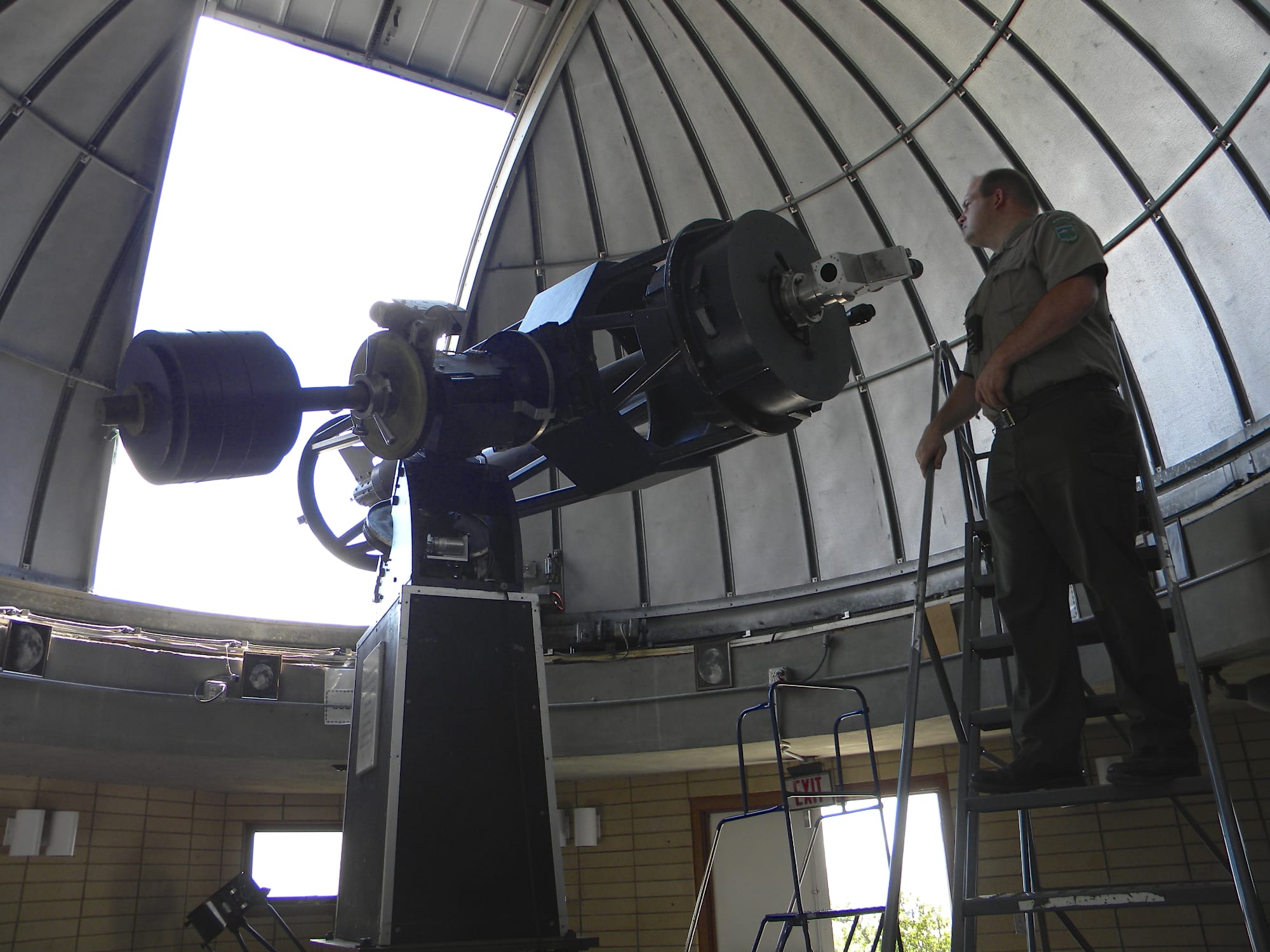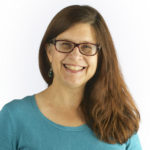GOLDENDALE — A Rube Goldberg contraption run by a four-speed Ford Model A transmission attached to an electric washing machine motor wasn’t considered high-tech, not even in 1964.
o What: Goldendale Observatory State Park. Lunar eclipse: Begins at 1:16 a.m. Oct. 8 with maximum coverage at 3:55 a.m. Special observatory hours: midnight to 7 a.m. Oct. 8.
o Where: 1602 Observatory Drive, Goldendale.
o When: 1 to 11:30 p.m. Wednesday through Sunday through Sept. 30; 1 to 9 p.m. Friday through Sunday, Oct. 1-March 31.
o Cost: Free admission. Parking: Requires Washington State Parks Discovery Pass, available inside the observatory; $10 for a day pass or $30 for a 12-month pass that is good at all Washington state parks.




